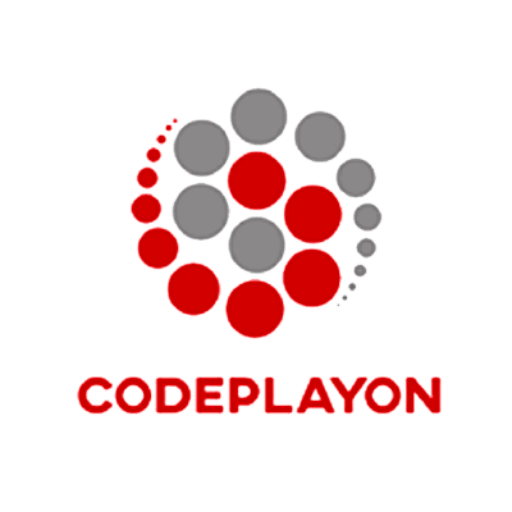Table of Contents
- Introduction to Timeless SEO Strategies
- Understanding the Foundations of SEO
- Keyword Research: The Cornerstone
- On-Page SEO Best Practices
- Off-Page SEO and Link Building
- The Role of Content in SEO Longevity
- Measuring SEO Success
- Adapting Strategies to Ever-Changing Algorithms
Introduction to Timeless SEO Strategies
In today’s digital age, standing out amidst the content avalanche is imperative for business success. To achieve this, implementing effective SEO strategies that are both current and sustainable becomes vital. Many SEO tactics are sensational but have short lifespans — they don’t endure through algorithm changes or shifts in consumer behavior. Therefore, businesses must shift focus toward developing robust strategies that can help improve your site’s SEO over the long haul. These tactics serve as foundational guidelines, guaranteeing that websites remain pertinent and noticeable to their intended viewers for years.
At the heart of this methodology is a strong dedication to grasping and utilizing essential SEO components. This involves refining the user experience, using effective design methods, and upholding high content standards. These all-encompassing strategies go beyond temporary fixes, providing long-term achievement and flexibility despite a constantly evolving search environment. By thoroughly comprehending these aspects, companies can preserve and improve their search rankings, fostering stability in a competitive digital arena.
Understanding the Foundations of SEO
The essence of SEO lies in its nuanced complexity — a dance that requires dexterity, foresight, and an intrinsic understanding of how search engines operate. Optimal results begin with grasping these fundamentals, which involve algorithms and the intricacies of search engine technology. Search engines, like Google, employ sophisticated algorithms that interpret numerous web components to assess relevance and authority. These assessments determine how pages are ranked within search results.
Embracing these foundational aspects involves strategic optimization—meticulously selecting keywords, refining site structure, and ensuring seamless navigation. This approach positions businesses to maximize their reach, incrementally enhancing user engagement. Companies create a synergy between their site’s offerings and search engine requirements by presenting content that aligns with algorithmic priorities. This alignment transforms foundational knowledge into a blueprint for sustainable growth and enduring online authority.
Keyword Research: The Cornerstone
Keywords form the backbone of SEO strategies, serving as a channel that connects consumer inquiries to pertinent content. Embarking on effective keyword research involves meticulously analyzing search trends, understanding the competitive landscape, and identifying terms your target audience frequently uses. This deep dive into keyword analysis is instrumental in forming a content strategy that aligns precisely with audience expectations.
By utilizing tools such as Google’s Keyword Planner or Ahrefs, businesses can discern which terms wield influence within their niche. The Keyword Research Guide from the Search Engine Journal underscores the importance of investigating keyword intent and contextual relevance, transforming keywords into communicative vehicles that facilitate understanding and interaction. This strategic alignment enhances visibility by ensuring your content speaks directly to user inquiries.
On-Page SEO Best Practices
On-page SEO is the cornerstone of any website’s structural integrity, impacting how effectively search engines crawl and interpret pages. Integrating SEO meta, meticulously crafted headings, and intuitive URL structures are among the best practices that drive accessibility and topical authority. These elements ensure that search engines can efficiently index content, enhancing the likelihood of higher placements on SERPs.
In addition to keyword placement, the focus is directed toward developing outputs like compelling meta descriptions and impactful alt-texts for images. Each element, from schema markups to HTTP protocols, contributes to a holistic user experience. Ignoring these on-page factors could jeopardize webpage discoverability. Therefore, adherence to best practices optimizes site usability and enriches user interaction, encouraging more extended engagement and facilitating conversions.
Off-Page SEO and Link Building
Off-page SEO, encompassing techniques beyond your site, establishes authority and trustworthiness in your niche domain. Central to off-page SEO is link building — acquiring external backlinks that signal credibility and enrich your site’s reputation. Every quality backlink is an endorsement from one digital entity to another, substantiating the receiving site’s relevancy and authority.
To fortify off-page SEO efforts, consider strategic approaches such as guest posting on authoritative sites and leveraging social media communities to foster brand visibility. Moz’s link-building strategies guide elaborates on diverse tactics that encompass earning industry-wide endorsement. A robust backlink profile validates site authority and stimulates continuous traffic influx, exponentially elevating your organic reach.
The Role of Content in SEO Longevity
Content is one of the most crucial aspects of a sustainable SEO strategy, providing value to your audience and context for search engines. Content that resonates constantly evolves, adapting to meet user interests and search queries. To remain competitive, businesses must prioritize producing content that answers specific user questions and engages them, invoking actions such as sharing or converting.
Regular updates and content expansion are pivotal in maintaining relevance within the digital milieu. Compelling narratives, supported by data and enriched media, transcend essential informational content, resonating personally and culturally with readers. This active engagement fosters trust and cultivates a loyal following, perpetuating a cycle of enhanced visibility and sustained traffic.
Measuring SEO Success
Gauging the efficacy of SEO strategies requires a keen focus on a series of performance metrics that reveal how users interact with your site and the success of your content strategies. Tools like Google Analytics offer invaluable insights into how visitors navigate your site, identify content traffic patterns, and measure conversion rates.
Notably, key performance indicators (KPIs) like bounce rates, average session duration, and user retention rates empower businesses to fine-tune their approach. By regularly interpreting these metrics, companies can pivot or adjust strategies, highlighting areas ripe for optimization. This ongoing assessment is crucial for maintaining site health and adapting to shifting market dynamics.
Adapting Strategies to Ever-Changing Algorithms
The fluid nature of search engine algorithms demands a proactive, adaptable approach to SEO strategy. Keeping abreast of pivotal algorithm updates ensures your SEO tactics do not become obsolete. Proactive adaptation aids in safeguarding against penalties and aligns your site with suitable practices.
This commitment to continuous learning facilitates opportunity identification and immediate response to emerging trends. By embedding flexibility and foresight in your strategic vision, your SEO endeavors remain not only relevant but are poised to excel, nurturing long-term triumph in the continuously evolving digital domain.






